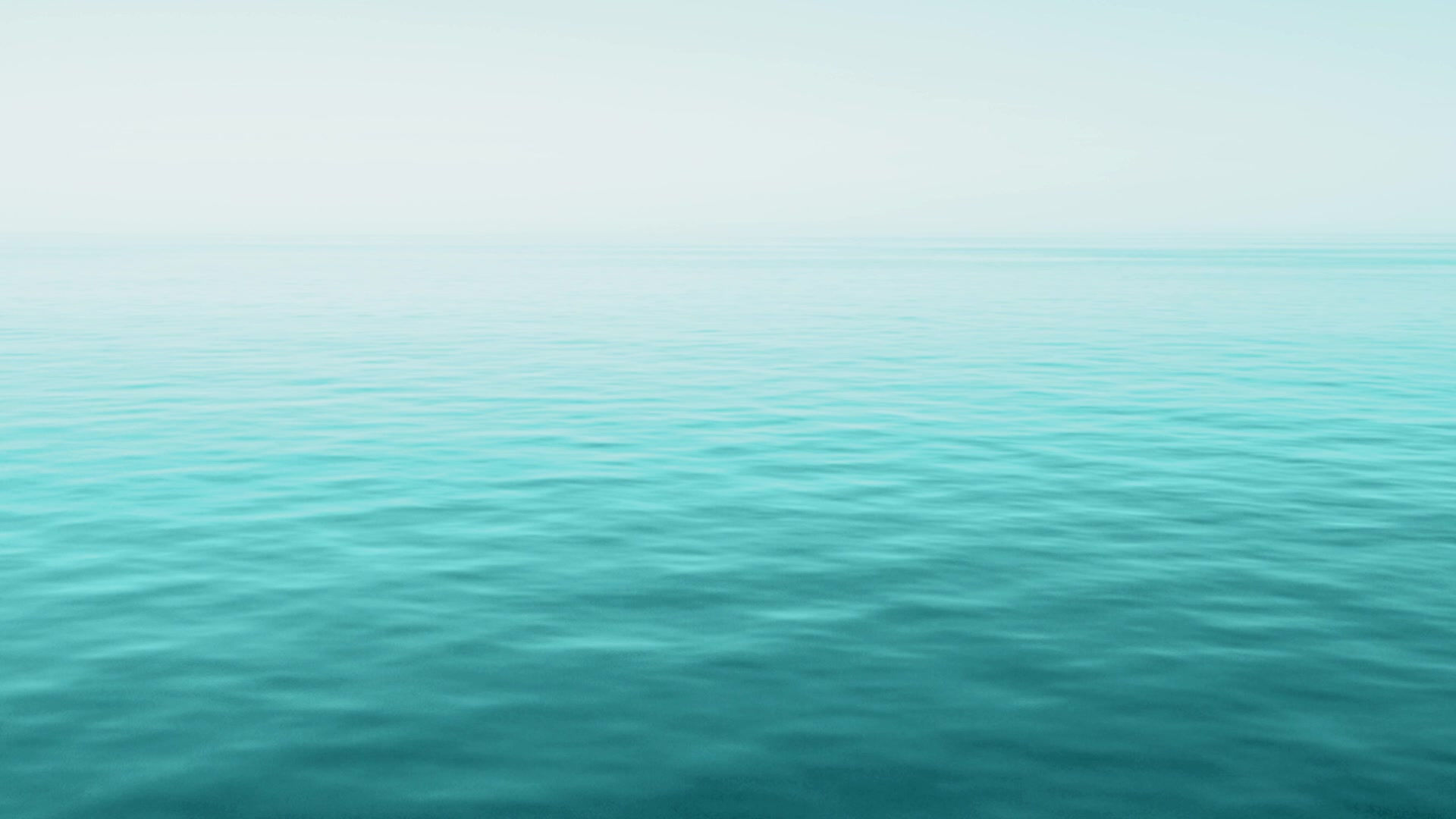The Impact of Carbon Dioxide Pollution on Ocean Chemistry and Biogeochemical Cycles
- biolifeja
- Jan 15
- 3 min read
Introduction
The ocean, a vast and dynamic ecosystem, serves as a critical regulator of global climate and a primary driver of biogeochemical cycles (Hoegh-Guldberg et al., 2014). However, due to anthropogenic activities especially the combustion of fossil fuels, has significantly altered the chemical composition of the Earth’s atmosphere leading to increasing levels of the various greenhouse gas emissions especially carbon dioxide (CO2) emissions (National Research Council, 2001). While considerable attention has been dedicated to the impacts of Carbon dioxide on air quality and terrestrial ecosystems, its influence on the marine environment is a less prominent but equally significant concern. This article explores the complexities of how carbon monoxide pollution impacts ocean chemistry and biogeochemical cycles, ultimately disturbing marine ecosystems and exacerbating climate change.

The Carbon Dioxide and The Ocean
Anthropogenic activities, such as fossil fuel combustion, deforestation, and industrial processes, have significantly augmented atmospheric CO2 levels since the Industrial Revolution. A fraction of this CO2 is absorbed by the ocean's surface through gas exchange, where it reacts with seawater to form carbonic acid, leading to a phenomenon known as ocean acidification. This exchange is driven by differences in the partial pressures of CO2 between the atmosphere and the ocean. This process disrupts the delicate chemical balance of seawater, with far-reaching consequences for marine life.
Ocean Acidification
The dissolution of CO2 in seawater reduces pH and carbonate ion concentrations, limiting marine species' capacity to form calcium carbonate shells and skeletons. Coral reefs, which are vital marine habitats abundant with biodiversity, are especially sensitive to ocean acidification because it hinders coral growth and calcification, threatening the viability of entire reef ecosystems (Hoegh-Guldberg, 2010). As a result of decreased carbonate ion availability, shell-forming molluscs such as oysters, clams, and snails have slower calcification rates and weaker shells, rendering them vulnerable to predation and environmental stress (Kroeker, 2013). Certain calcifying plankton species also, such as coccolithophores and foraminifera, have difficulty forming calcium carbonate shells, which affects their abundance, distribution, and ecological importance in marine environments (Doney, 2009).
Biogeochemical Impacts
Carbon dioxide pollution not only impacts ocean chemistry, but it also disturbs biogeochemical cycles that are essential for ecosystem functioning. The availability of dissolved CO2 effects primary productivity, with implications for global carbon sequestration. Changes in seawater chemistry may disrupt entire marine food chains. Furthermore, CO2 regulates photosynthesis and respiration rates in marine species, affecting primary production and carbon sequestration. The ocean is an important carbon sink, absorbing a significant percentage of human-generated CO2 emissions. However, fluctuations in CO2 levels can modify the efficiency of this process, thus affecting the ocean's ability to store carbon. Furthermore, CO2-induced alterations might disturb nutrient cycle, limiting the development and productivity of marine ecosystems. Overall, rising atmospheric CO2 levels are profoundly changing ocean chemistry and biology, with severe repercussions for marine ecosystems and the services they offer to humans.

Mitigation and Adaptation Strategies
Mitigation and adaptation to CO2 pollution in the ocean requires a multifaceted strategy. Globally, attempts to minimize CO2 emissions by switching to renewable energy sources, increasing energy efficiency, and adopting carbon capture technology are essential. Locally, conserving marine ecosystems by means of measures such as marine protected areas and habitat restoration can help them withstand ocean acidification. Innovative measures such as increasing ocean alkalinity and selective breeding of hardy species are possible answers, but more study and careful thinking are required. Public awareness and education are critical in generating support for mitigation initiatives and supporting sustainable habits. Continuous study and monitoring are critical for understanding the effects of CO2 pollution on the ocean and fine-tuning adaptive methods to protect marine ecosystems for future generations.
Conclusion
Carbon dioxide pollution is a major hazard to ocean chemistry and biogeochemical cycles, with far-reaching consequences for marine ecosystems and human health. Understanding the complicated interplay between atmospheric CO2 levels and oceanic processes is critical to creating successful mitigation and adaptation methods. We can work to protect the health and integrity of our oceans for future generations by tackling the underlying causes of CO2 pollution and strengthening marine conservation and management activities.
By Tyler Rochester

A 21 year old Environmental Science student at the University of Technology(UTech), Jamaica
References
Doney, S. C., Fabry, V. J., Feely, R. A., & Kleypas, J. A. (2009). Ocean acidification: the other CO2 problem. Annual Review of Marine Science, 1, 169-192.
Hoegh-Guldberg, O., & Bruno, J. F. (2010). The impact of climate change on the world’s marine ecosystems. Science, 328(5985), 1523-1528.


Comments